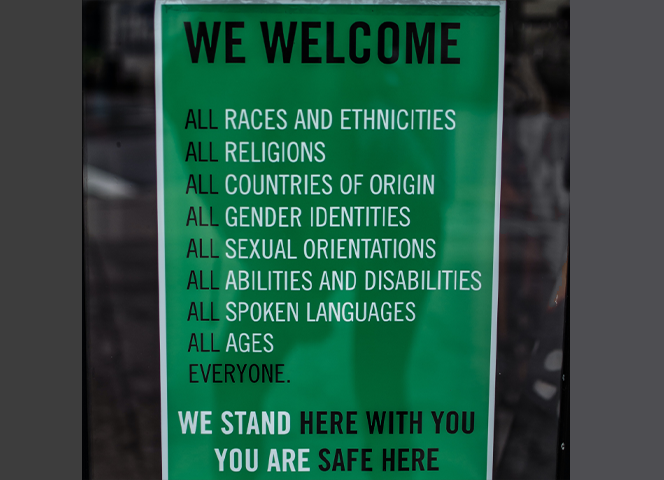What is Psychological Safety?
Psychological safety describes the environment in which members of a group or team feel safe to be able to take interpersonal risks (Edmondson, 1999, 2019). In a psychologically safe environment, anyone feels able to be themselves and speak up without fearing rejection or humiliation for their unique ideas, beliefs, and opinions. Moreover, group members can raise issues and ask for help because they feel mutually supportive. Mistakes are not held against people and, as a result, an environment that provides psychological safety is a fertile ground for innovation.
Good teamwork relies upon members feeling psychologically safe to work efficiently. Learning and performance have been found to be significantly improved when tools are used to improve psychological safety, e.g., team leader coaching and context support (Edmondson, 1999).
What is the role of integrity?
Integrity creates a psychologically safe environment for employees to discuss errors openly. Leroy et al (2012) found that integrity of leaders and standing firm in their espoused safety beliefs leads teams to attach greater importance to adhering to safety protocols. Their research found that if Head Nurses stayed true to their safety values, and that their actions and words reflected this, that the leaders were more likely to be seen as genuine in their beliefs and to have a high priority on safety for all employees.
Integrity results in a higher number of reported treatment errors. A correlation was found between team priority and psychological safety, showing that when psychological safety was high within the team, there were less reported cases of treatment errors.
This was because of the team’s adherence to safety procedures reflecting a genuine concern for safety where employees felt safe to speak up about mistakes. The relationship between leader integrity and psychological safety led to the strongest effect on reported errors. In this type of working environment, a leader that follows through on safety practice will display a genuine concern for safety and other employees will adhere to safety protocols and speak up about mistakes.
Diversity and Psychological Safety
A heterogenous workforce offers numerous benefits which include increased creativity, increased productivity, a wider variety of perspectives, a broader range of skills, a larger talent pool, improved employee engagement and cultural insight.
A diverse workforce encourages conversation, debate and open discussion, which in turn creates a culture where employees feel able to speak up.
Diversity climate and employee performance is mediated by psychological safety (Singh, Winkel, & Selvarajan, 2013). They found that psychological safety is a key influencer of employee performance behaviours in a diverse working environment and that minorities find psychological safety tools of high significance and are likely to have positive results in shaping performance behaviour.
Conclusion
In summary, this blog highlights the importance of integrity and diversity in creating a Psychologically Safe environment. Not a surprise, granted. But all the best models and behavioural connections seem simple once identified!
For further information about the Zircon BeTalent research into Psychological Safety please contact the team.
This post was written by Sharon Quinn and edited by Dr Amanda Potter, from BeTalent who are an exhibitor on the HRTech247 Talent & Performance Management floor of the Technology Hall. You can visit their virtual space here.
References
Edmondson, Amy. “Psychological safety and learning behaviour in work teams.” Administrative science quarterly 44.2 (1999): 350-383.
Leroy, H., Dierynck, B., Anseel, F., Simons, T., Halbesleben, J. R., McCaughey, D., Savage, G.T, & Sels, L. (2012). Behavioral integrity for safety, priority of safety, psychological safety, and patient safety: A team-level study. Journal of Applied Psychology, 97(6), 1273.
Singh, B., Winkel, D. E., & Selvarajan, T. T. (2013). Managing diversity at work: Does psychological safety hold the key to racial differences in employee performance? Journal of Occupational and Organizational Psychology, 86(2), 242-263.






